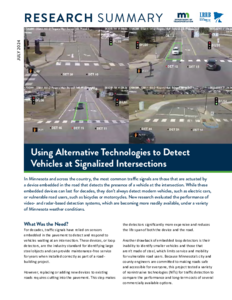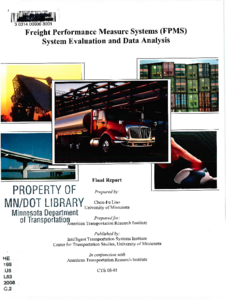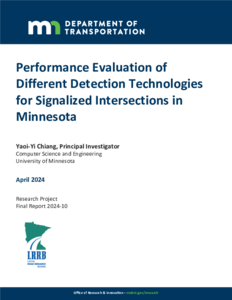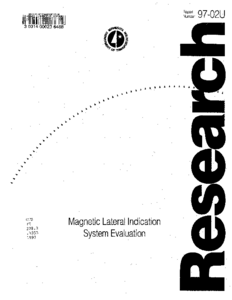Appendices to Site/Environmental Correlations in Northeastern Minnesota
Date Created
2001
Report Number
2002-10A
Description
Performance Evaluation of Different Detection Technologies for Signalized Intersections in Minnesota
Date Created
2024-04
Report Number
2024-10
Description
Magnetic Lateral Indication System Evaluation
Date Created
1997-01
Report Number
97-02U
Description










